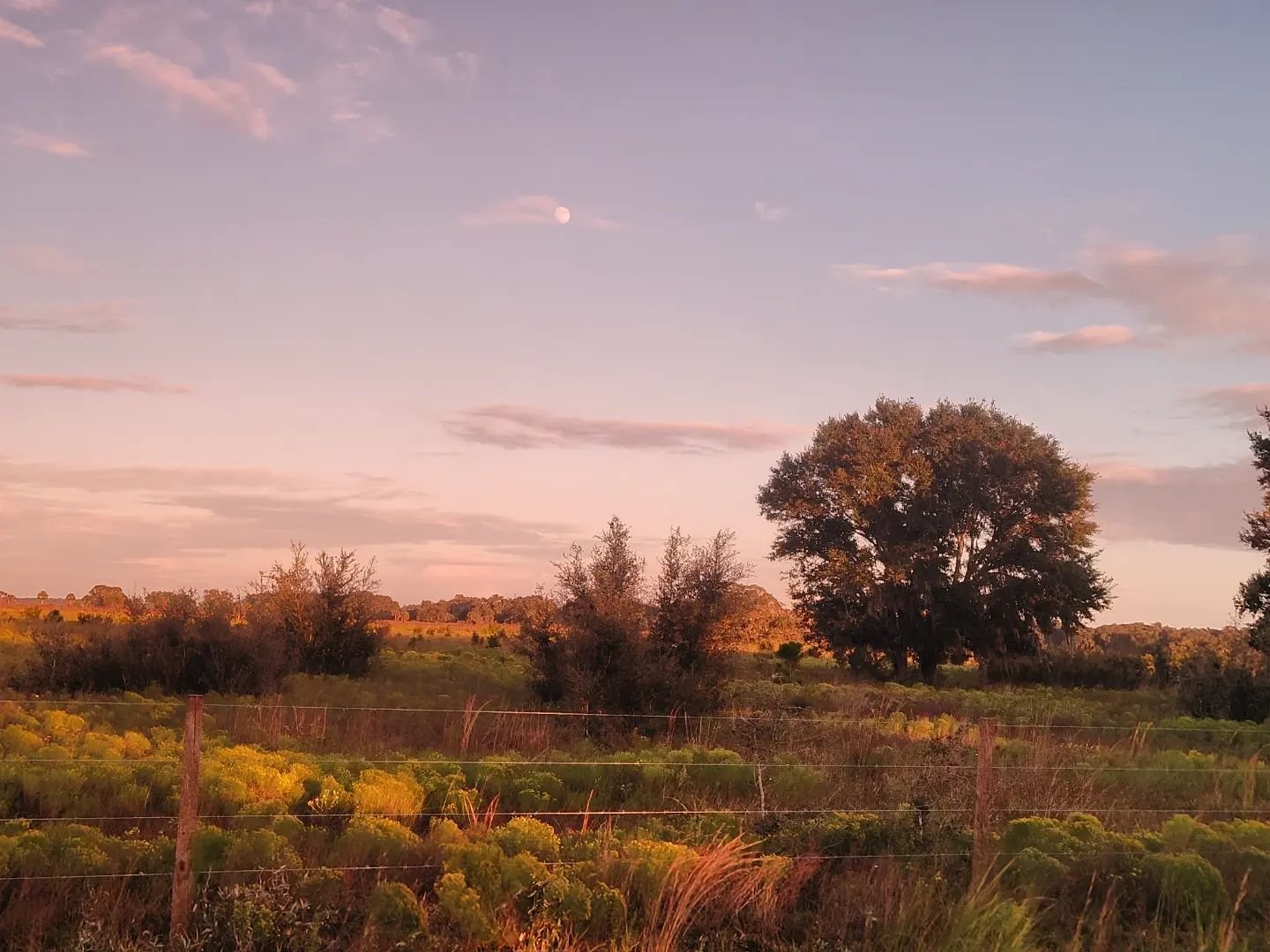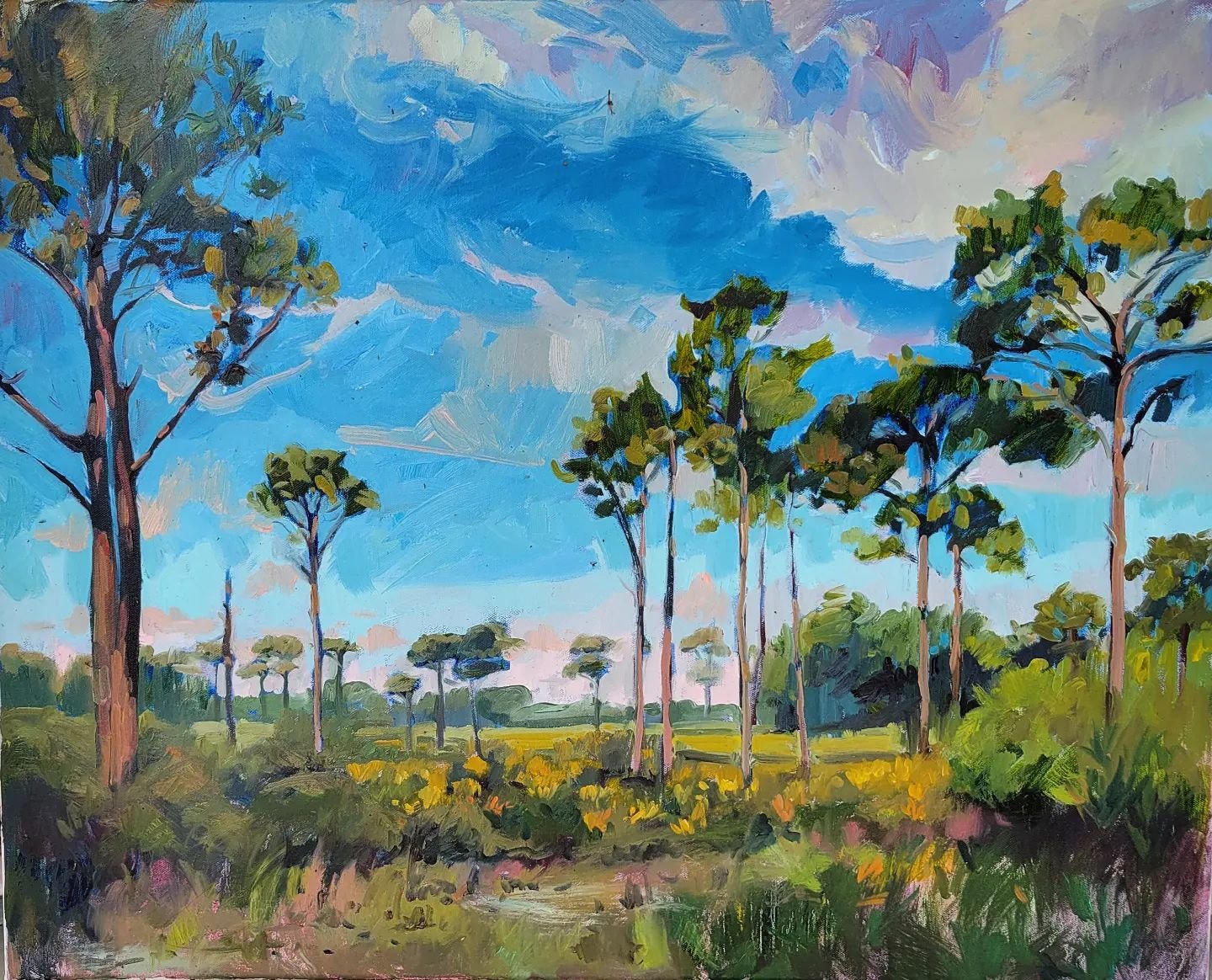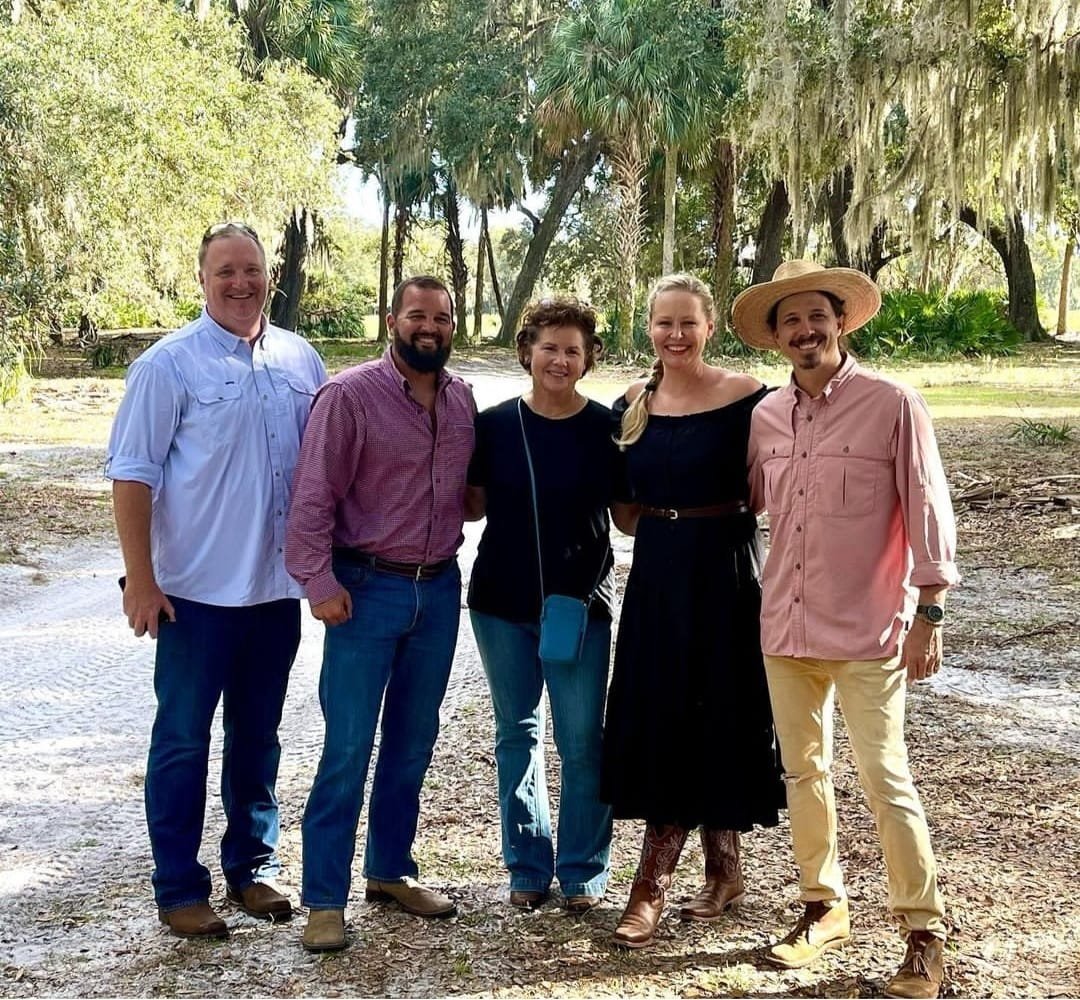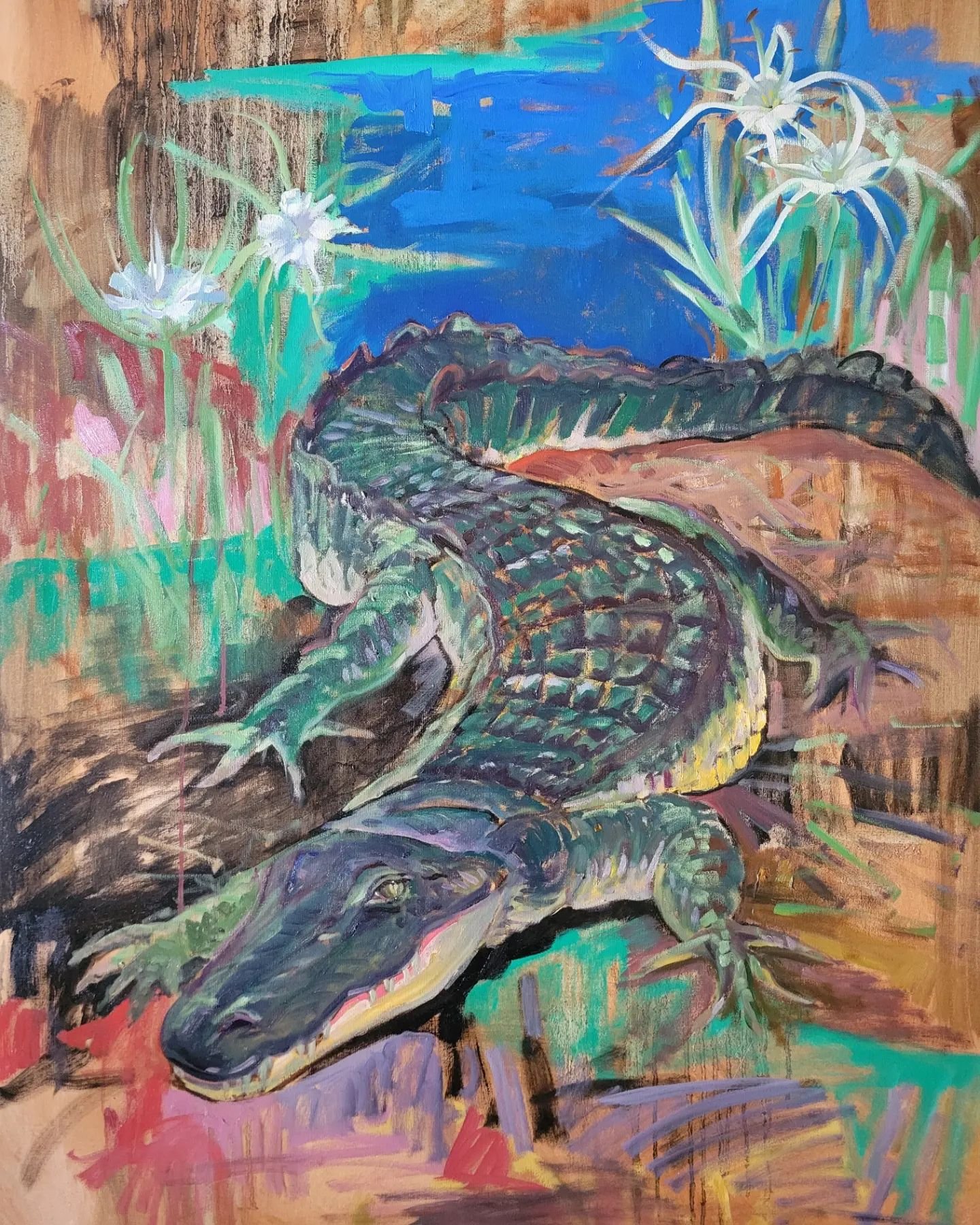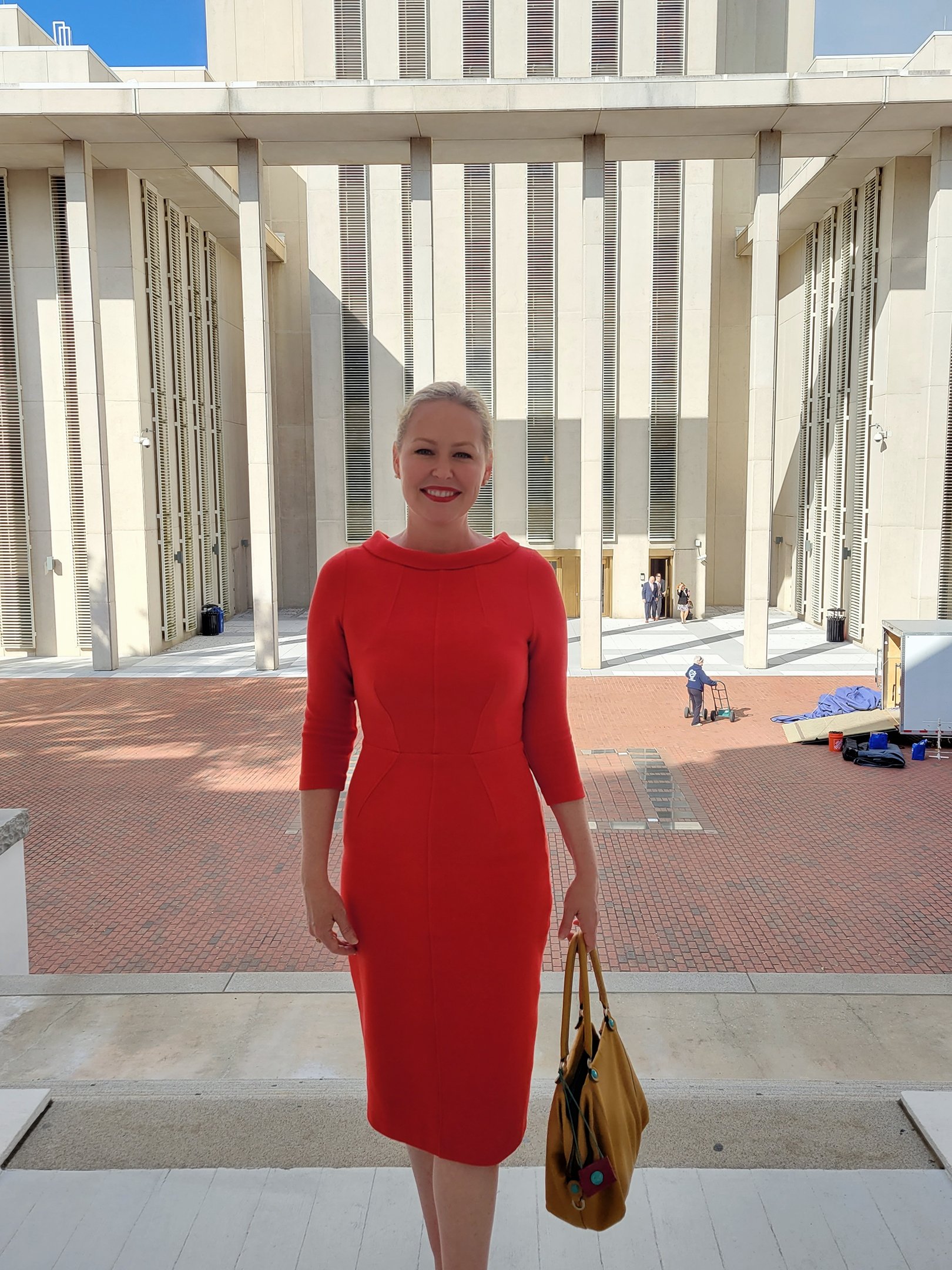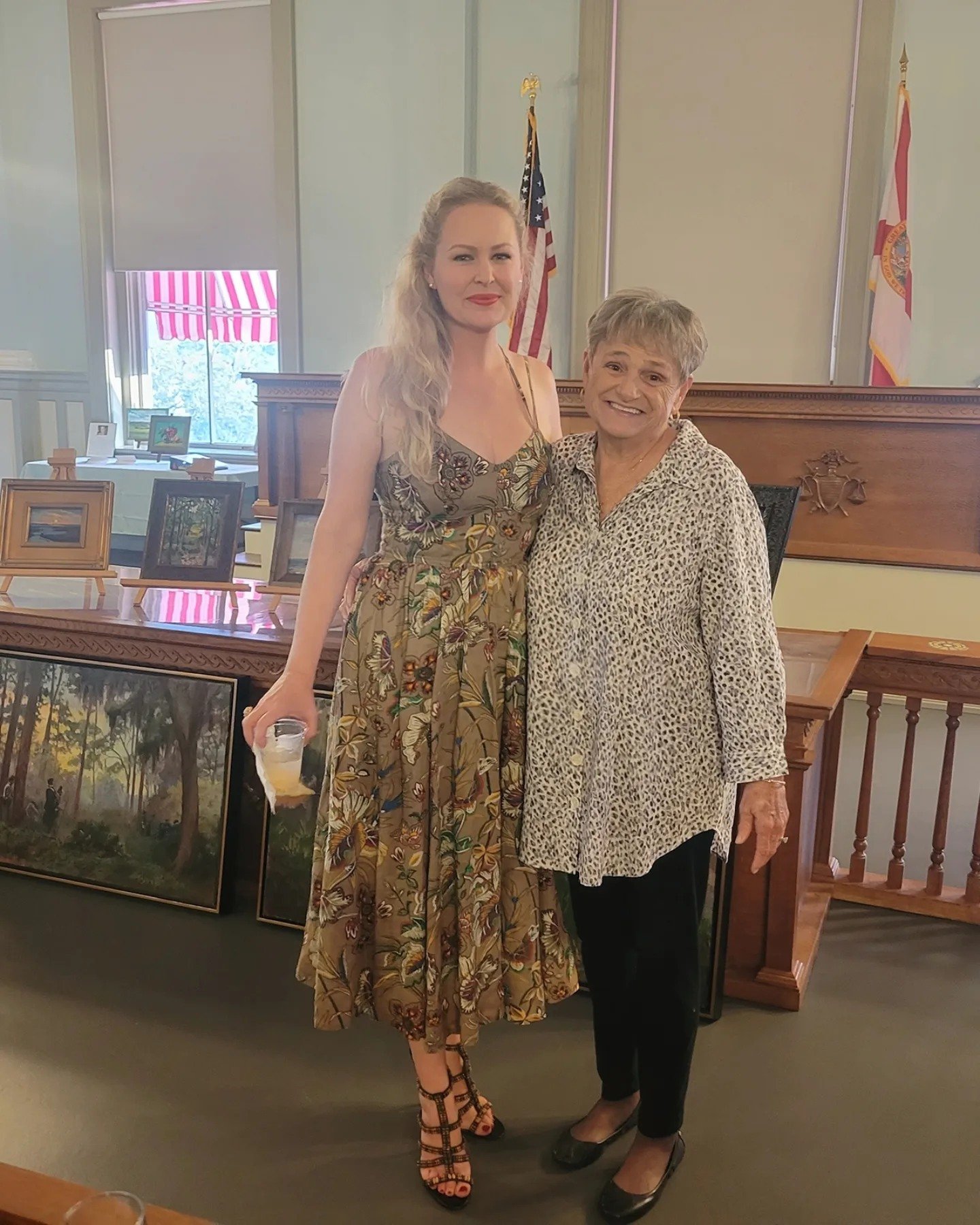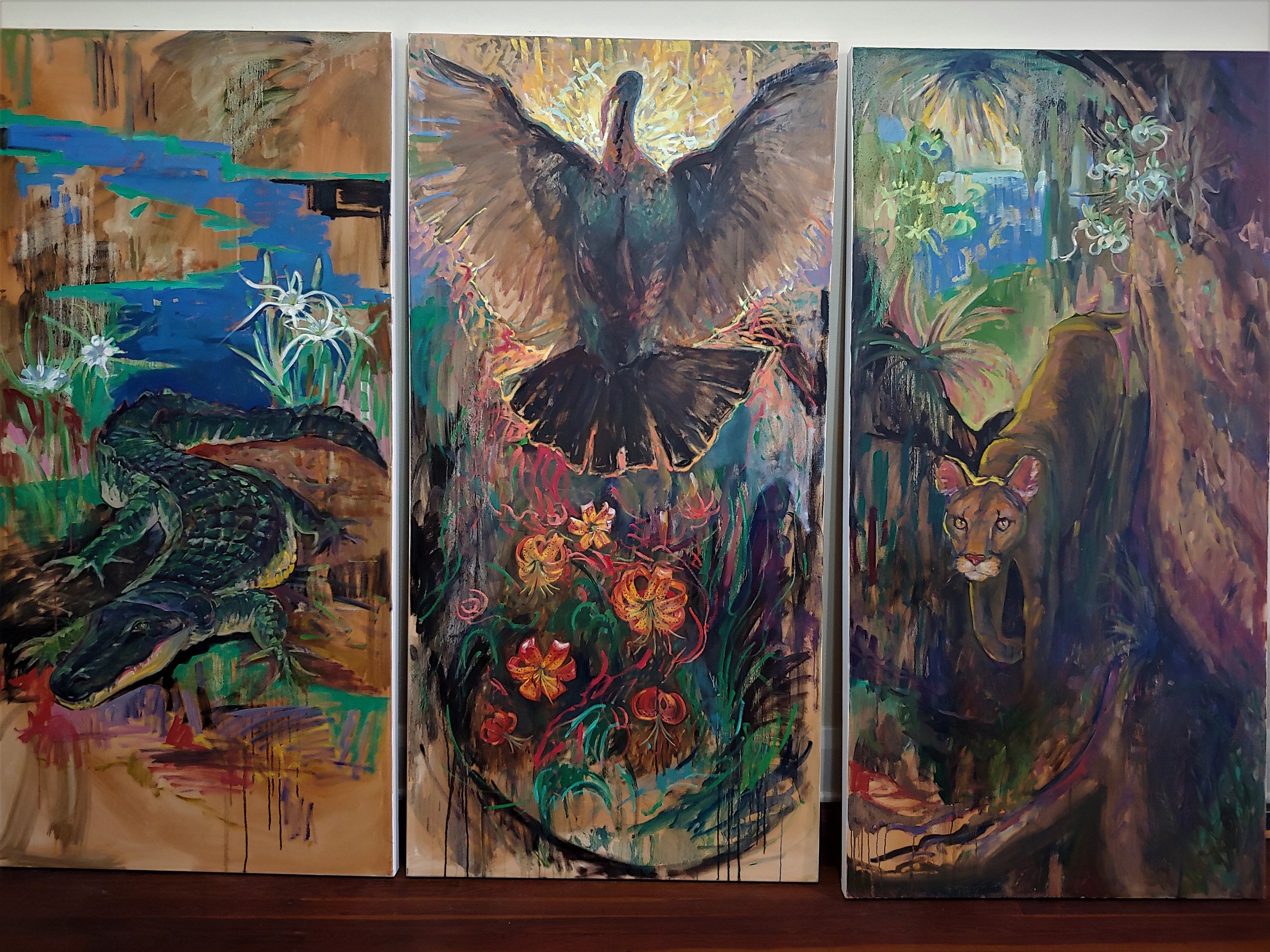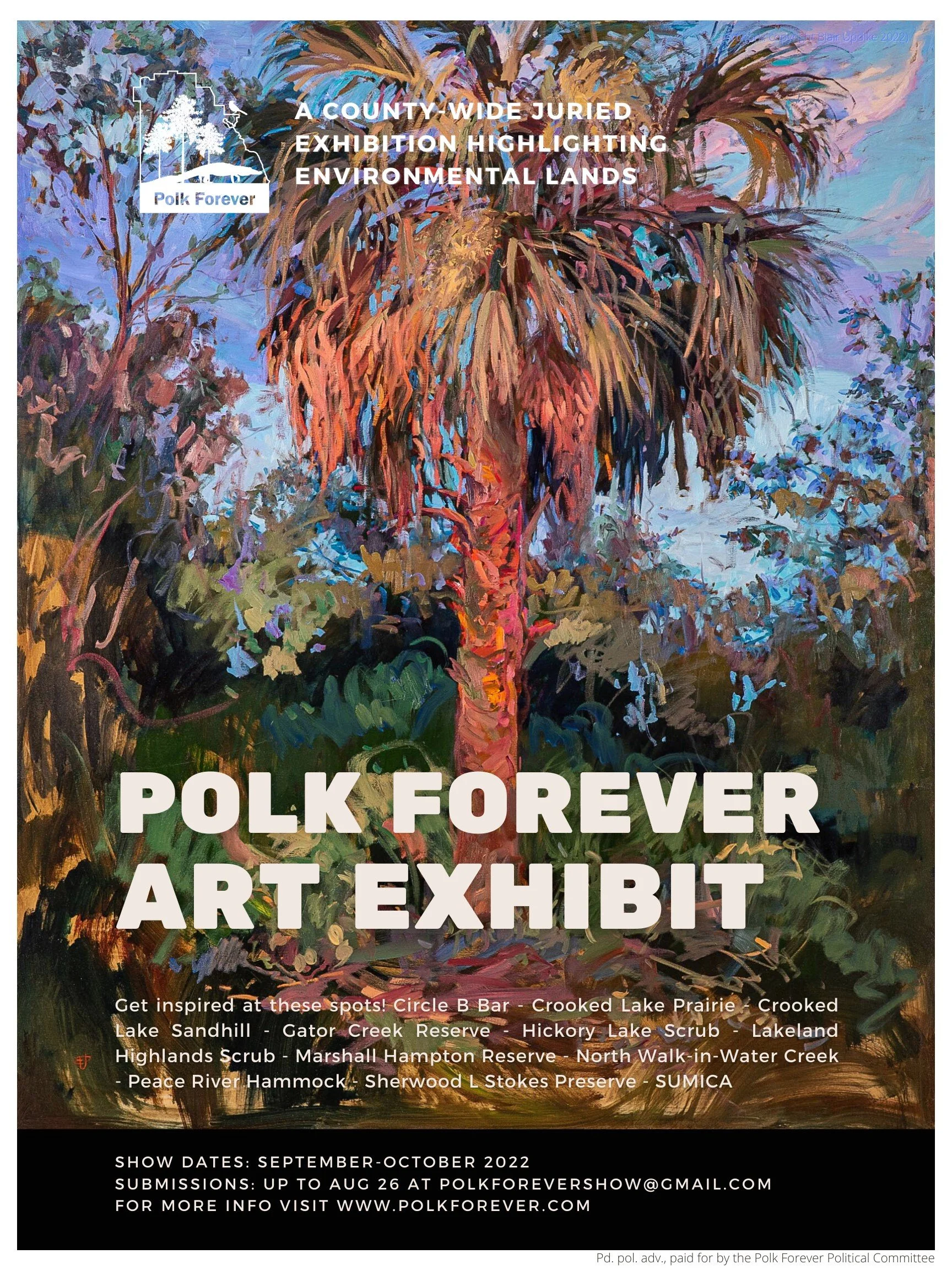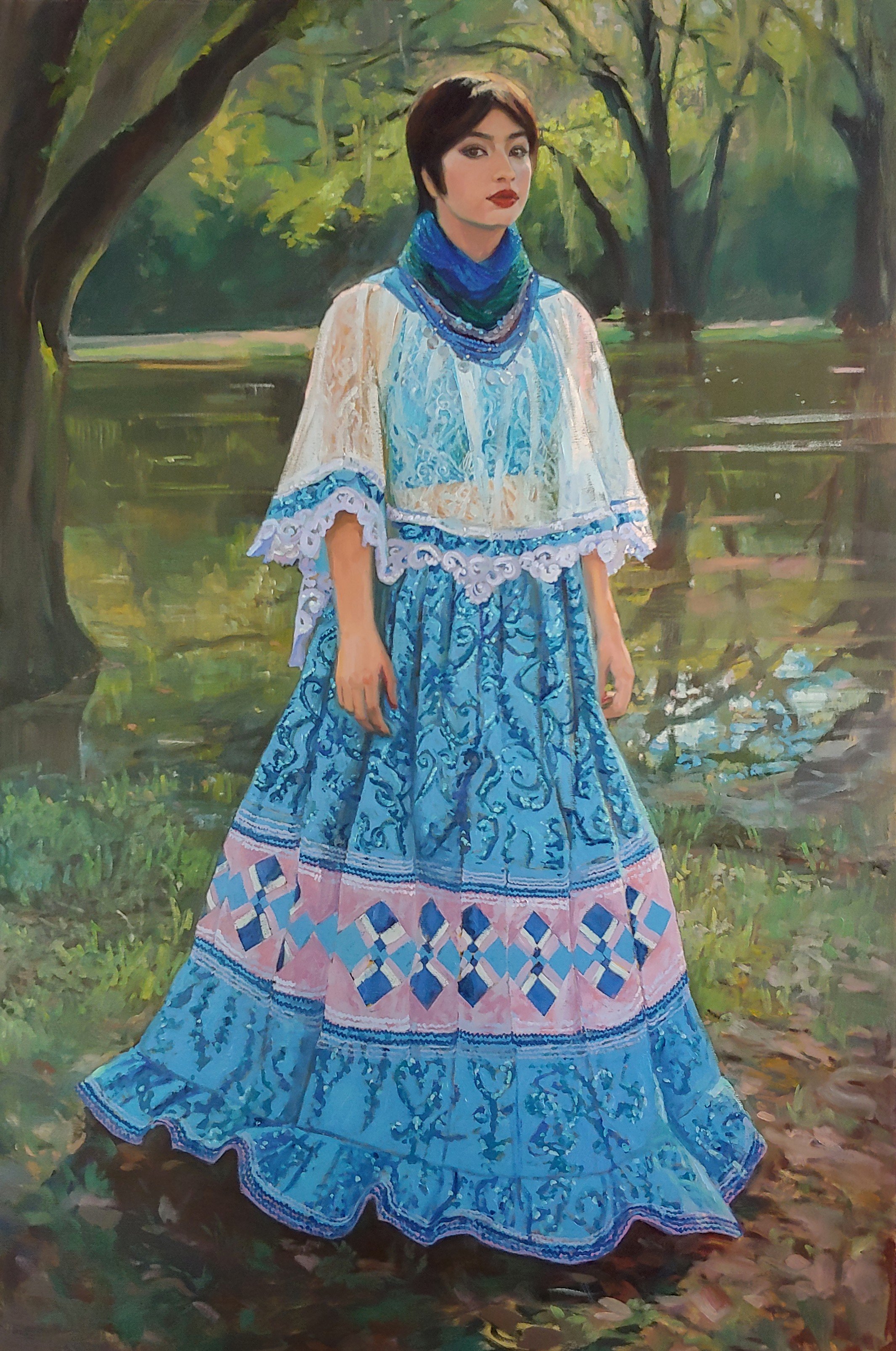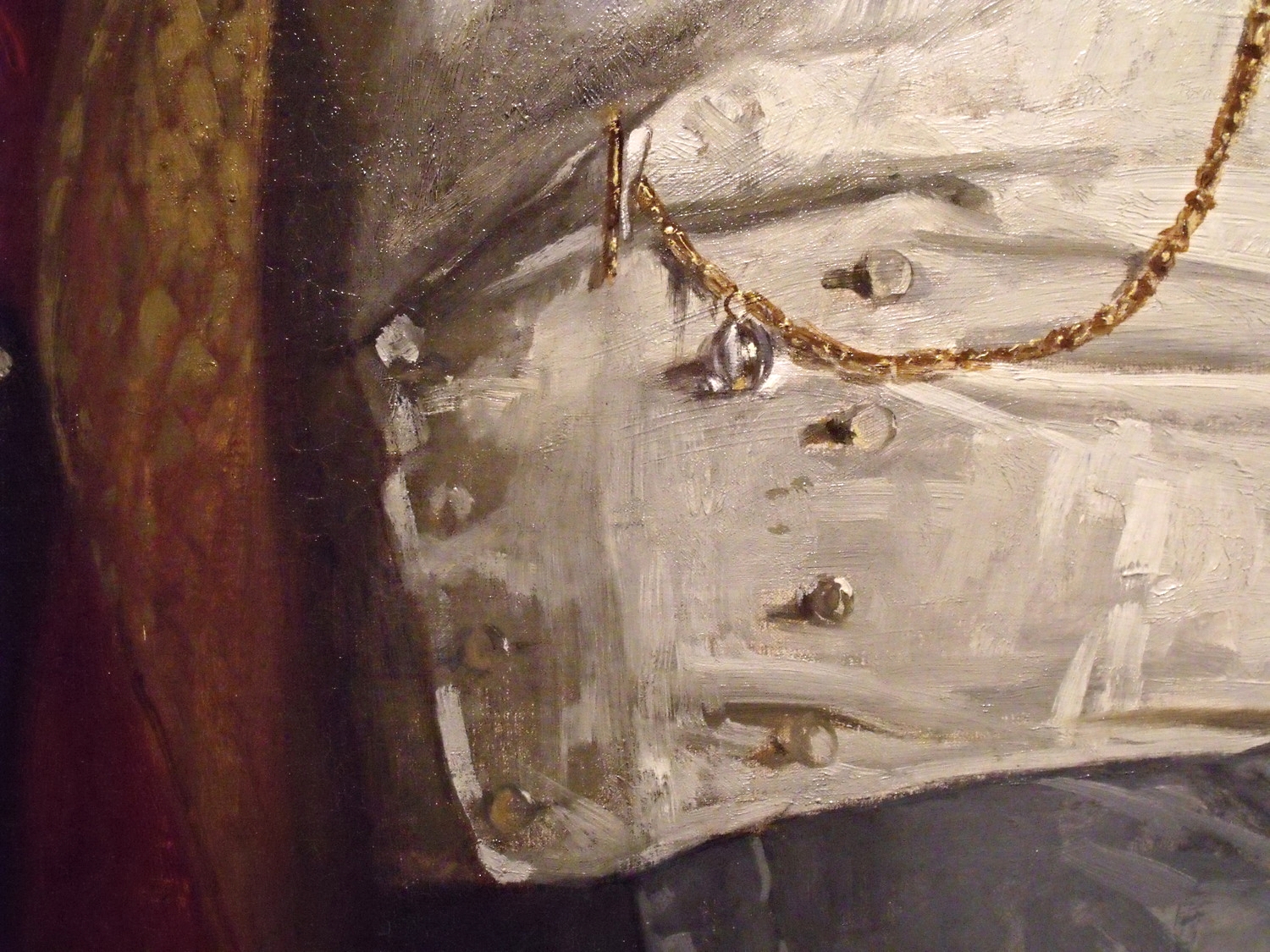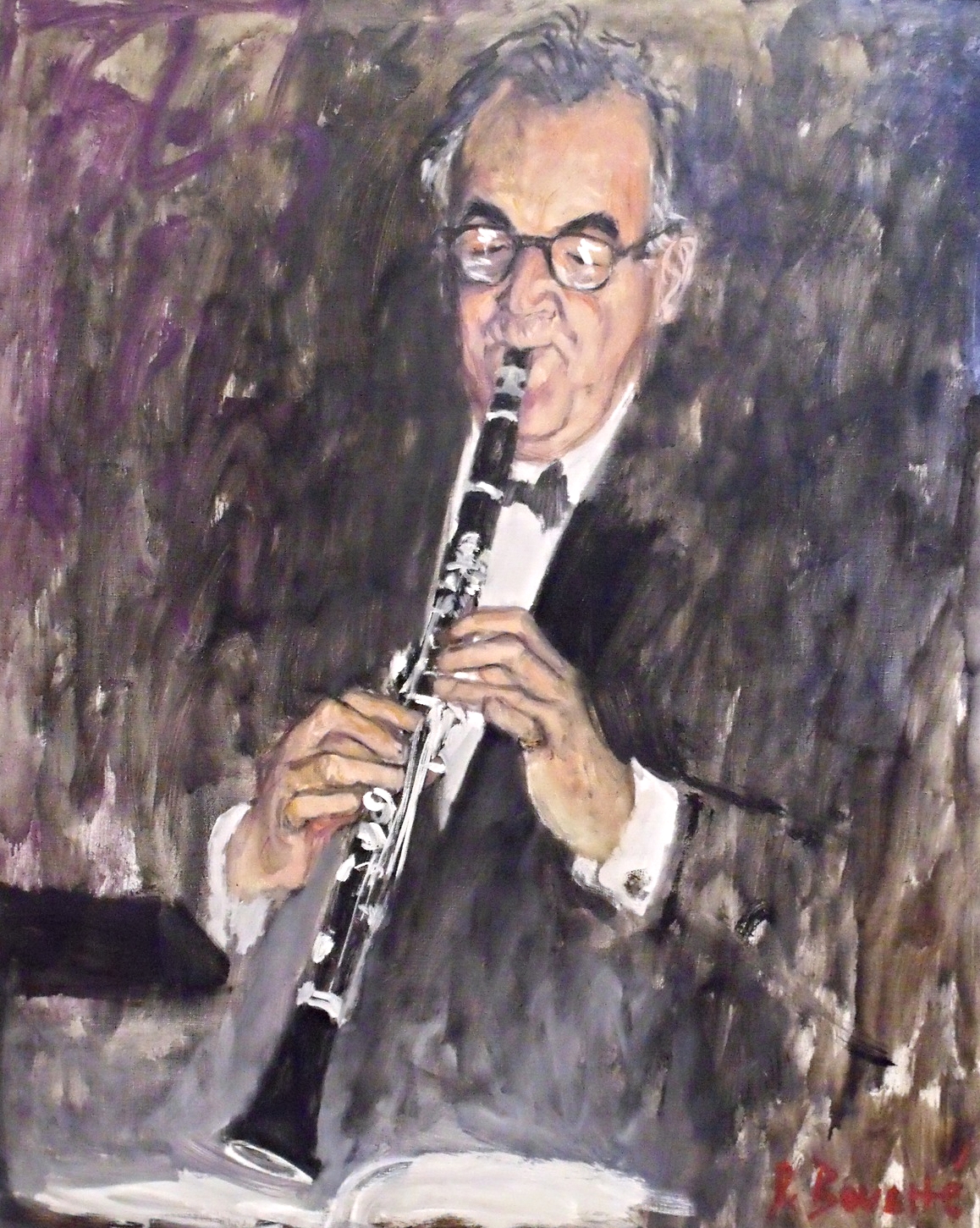Vert-Vert Cake
I tried this recipe 8 years ago with my girls. After waiting forever for the green slimy fondant to never set up I finally gave up and poured it over the cake. They dubbed it the “snot cake” and were repelled by the idea that we would venture to try it again.
I went at it with strategy this time. I doubled the cake batter and poured it in 3 pans. I made marshmallow fondant. I reverted to good old store bought green dye for the fondant (spinach slurry just wasn’t doing the job). It’s still difficult, and time consuming, but you’ll end up with the green cake that’s edible, and as close to the one Monet ate as you can get.
Here’s the recipe I derived from Marguerite’s original instructions. I can’t imagine making this by hand. So much beating. Makes you understand why it might have been a once-a-year type cake.
RECIPE:
Spinach Coloring (skip this if you like, and simply use green food dye, but I'm including it in case you want to be a purist about the flavor)
3 C. fresh spinach
½ c. water
Bring water to boil. Add spinach and blanch about a minute till bright green. Drain out liquid and push spinach through a mesh sieve (If you’re thinking mini-food processor, it doesn’t work. The quantity is too small. Just go ahead a make a mess with your sieve). It says “This will give a green puree to color the pistachio cream and the frosting,” but it won’t really.
Cake
8 eggs
1 ½ C. sugar
2 C. cake flour, sifted
4 T. ground pistachios
½ C. kirsch (I subbed apple cider with a splash of vanilla)
4 T. unsalted butter, softened
Zest of 2 lemons
Preheat oven to 300*F
Grease, line with wax paper, and flour three 9” cake pans.
Set up bain-Marie over medium heat and bring to simmer. Add eggs and sugar to heatproof bowl on top. Whisk mixture constantly until it reaches about 100*F, just warm if you put your finger in it. Remove from heat.
Beat on high with a hand mixer till the mixture turns light colored, and almost triples in volume. It should be like a soft whipped cream where it makes threads when you lift the beaters.
With hand whisk fold in flour by ½ cups. Add pistachio, kirsch, softened butter, and lemon zest. Stir well then pour into cake pans.
Cook appx. 25 min. Or until a toothpick comes out clean. Cool on racks.
Alternatively, I feel like you could use this trustworthy looking recipe from King Arthur Flour: https://www.kingarthurbaking.com/recipes/genoise-recipe
and just add 2 T. of kirsch at the end, along with the pistachios and lemon zest.
Pistachio Cream
4 T. ground pistachios
2 T. kirsch (I subbed apple cider with a splash of vanilla)
2 ¼ C. unsalted butter, softened
2 t. Spinach coloring
⅓ C. sugar (you may like more like ½ c. if you prefer sweeter deserts)
2 eggs
2 yolks
2 t. Flour
1 C. milk
Combine Kirsch, pistachios, and 2 T. butter into a soft paste. Color it with spinach coloring.
In a saucepan combine sugar with eggs and yolks, then beat in flour and milk. Cook over medium-low heat, stirring constantly until it reaches a custard-like consistency and coats the back of a spoon.
Beat in pistachio paste and remove from heat. Cool stirring occasionally. Once cool, beat in remaining butter.
Assemble cake with pistachio cream between layers, and coating the outside, and refrigerate to firm up.
Fondant Frosting
10 oz package mini marshmallows
2 T. water
5 C. powdered sugar (This is approximate. Get the big bag to be safe.)
Juice of 1 lemon
Green food coloring
Karo syrup for color glazing (optional)
Over medium heat melt marshmallows with water. Pour over powdered sugar and add lemon juice and food coloring. Stir with spatula to incorporate most of the sugar then pour out on a greased countertop.
At this point I’d recommend calling for a second set of hands because things are about to get unmanageable. Work the fondant on the countertop with a wooden spatula as it cools. This is where it relies on feel. If it’s super sticky and stringy you need to add more sugar. At this point I switched over to kneading with greased hands. You want it to be more fluffy than sticky and stringy.
When you’ve reached a good consistency, coat with oil and set aside while you clean the countertop, re-oil counter, your hands, and a rolling pin. Roll out fondant to about ¼ thickness and figure out some way to get it over the cake without tearing. Best wishes and prayers to you.
If you want that glossy green look you can brush the cake with Karo syrup thinned with just a tiny bit of water, and a few drops of green food coloring. In painting we call this glazing. Press chopped pistachios around the hase of the cake and garnish with pansies or roses on top (to hide how terribly you managed the fondant job).






